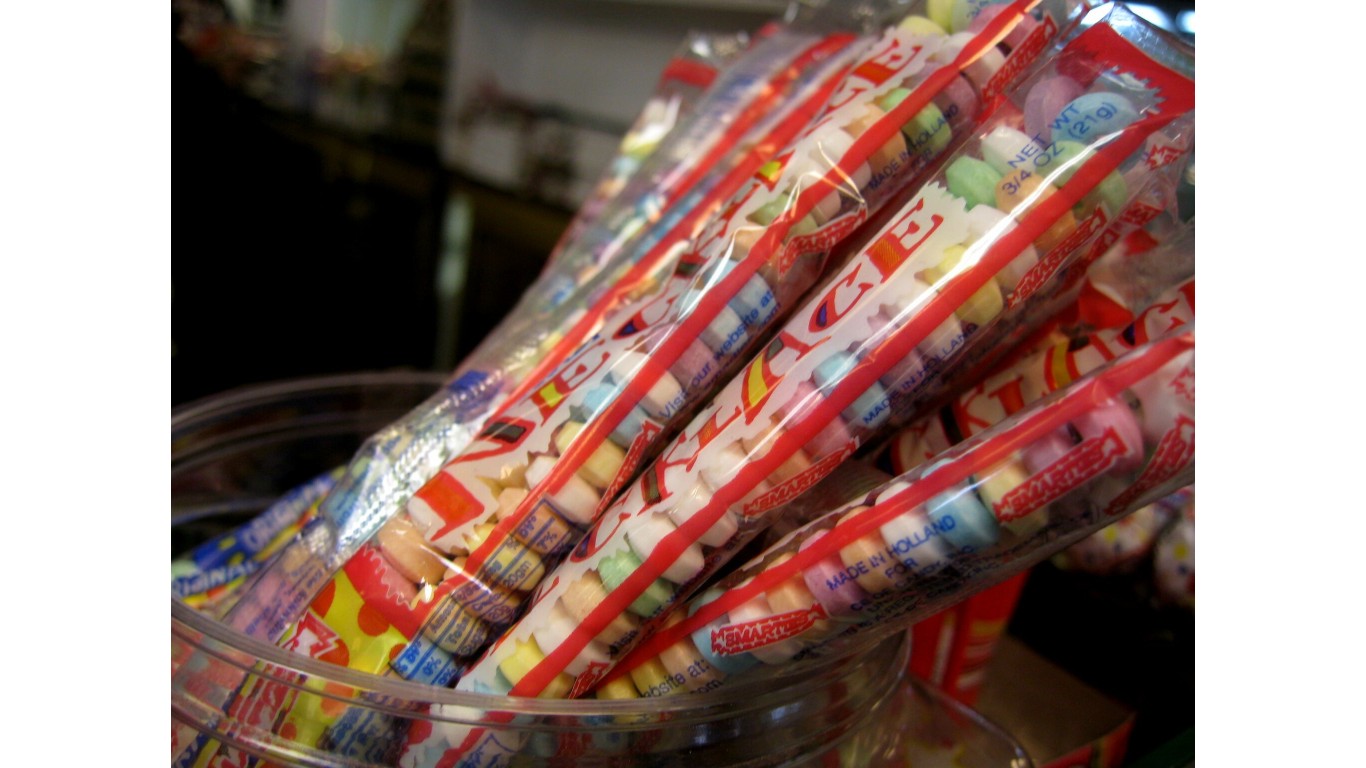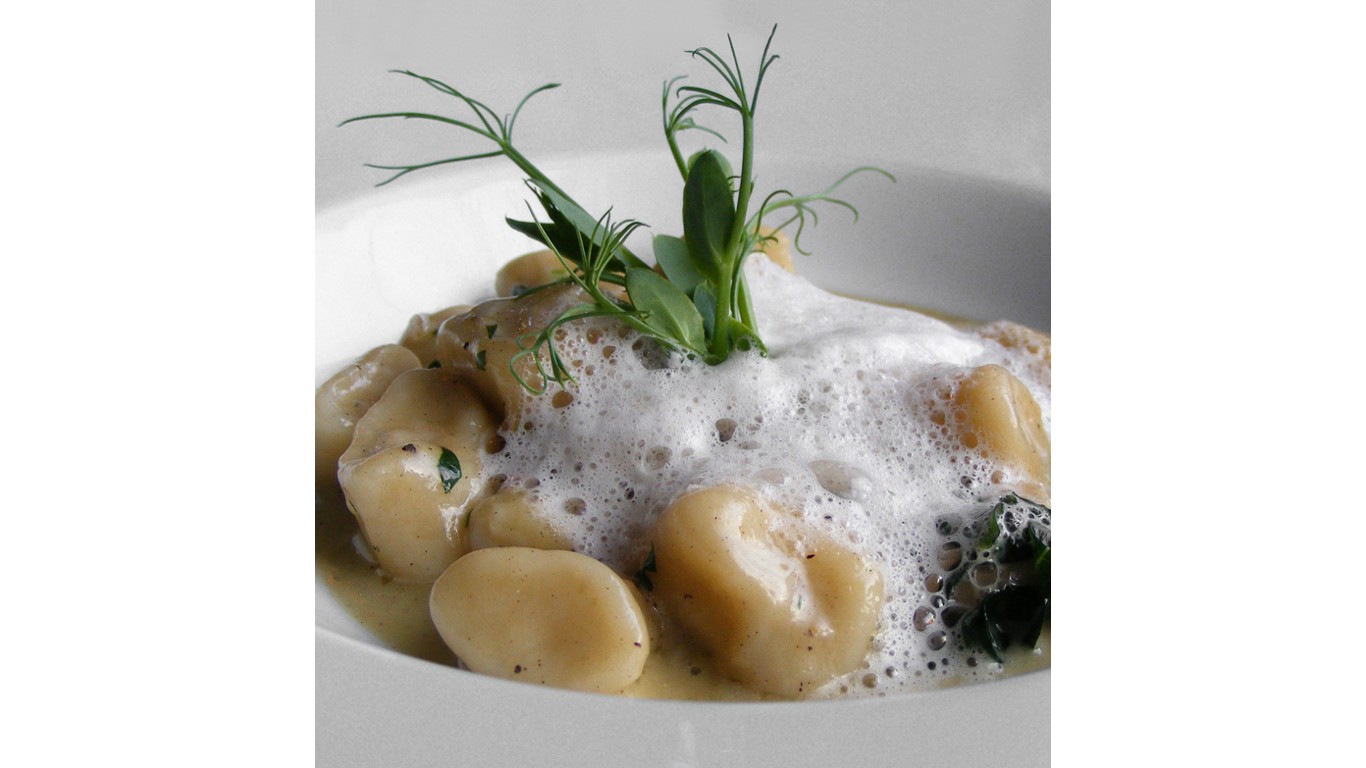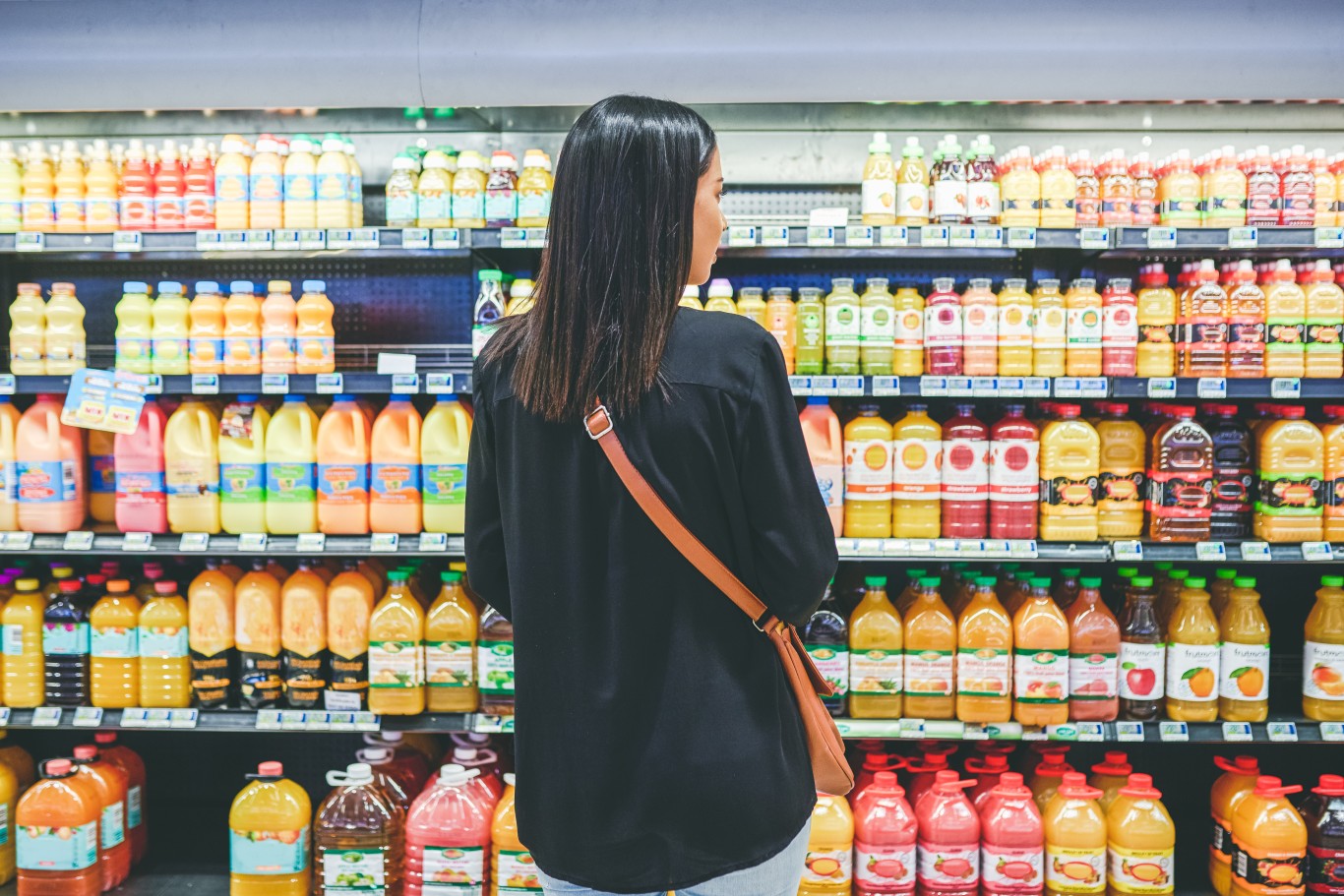
Food fads, like fashion fads, come and go throughout the decades. While there is plenty to gain by introducing a novel food item or concept, even those that succeed often don’t last long.
A food fad is not to be mistaken with a food trend. There’s actually a clear-cut difference between the two. A food trend is something that’s consistent with lifestyle trends, grows gradually over time, with multiple brands and companies attempting to benefit from the trend. A food fad, on the other hand, is much more impulsive and is typically only produced by one brand. The product, or recipe, generates a hype and does well for a short amount of time, just so it can dwindle off into obscurity.
The fads vastly vary between the decades, and the selections include meals, snacks, and beverages. Several food fads are reflective of historical events of the time. For example, in the 1930s, a food fad was a recipe called mock apple pie, which — surprise — doesn’t actually consist of real apples. Instead, the filling is made of Ritz crackers, lemon juice, and a whole lot of sugar. Since this was the decade of the Great Depression, families were surviving off the bare minimum and utilizing everything in their pantries to whip up a substantial meal — or dessert.
As for the 2010s, it’s hard to pinpoint what’s a fad or what’s a trend seeing as the decade has yet to conclude. However, what we do know is that one person — Chef Dominique Ansel of New York City — created the Cronut pastry in 2013. The Cronut, a hybrid between a croissant and donut, is a registered trademark of Dominique Ansel Bakery. The pastry certainly stirred media hype, with articles about the launch of the buttery treat published in various publications.
As in most other areas of human endeavor, fads and trends come and go in the world of food and drink — these are the biggest fads and trends in food and drink since 2010.
To identify food fads from each decade, 24/7 Tempo reviewed popular recipes and food products from every decade since 1920. A food fad abruptly attracted viral attention for a brief amount of time. Before the internet, this would just be a food that was popular via word of mouth or ads in various media. Food fads include foods produced by a single brand with limited appeal such as the Cronut or rainbow-colored bagels. While some foods from earlier decades are still around today, they are not nearly as much of a sensation as they were back in their specific decade.
1920s
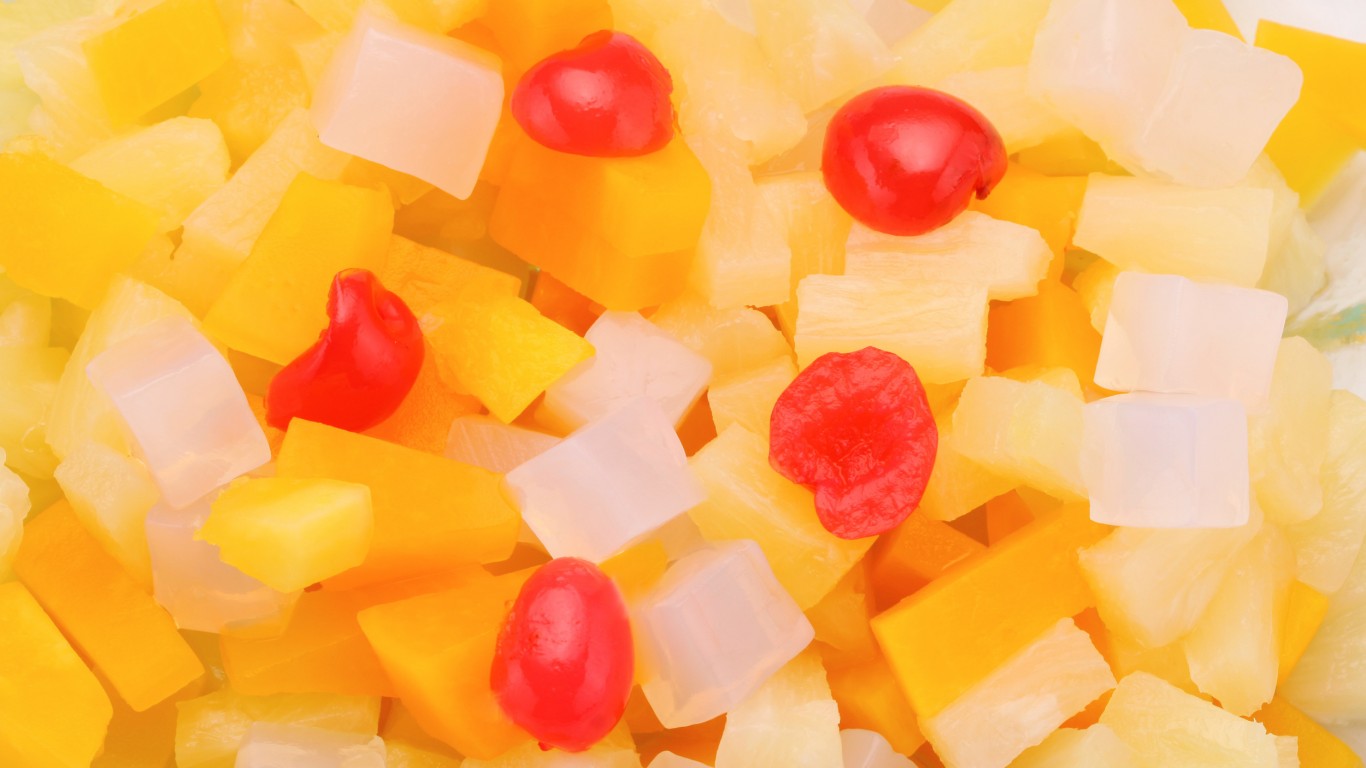
1. Fruit cocktails
After Prohibition went into effect on January 16, 1920, what Americans had previously known as cocktails changed dramatically, and fruit cocktails became the new sweet fix, according to the novel “Fashionable Foods: Seven Decades of Food Fads.” These fruit cocktails were nothing like a can of Del Monte. Rather, imagine a cup of fresh fruit embellished with fluffy marshmallows or sprinkled with powdered sugar.
1930s
[in-text-ad]
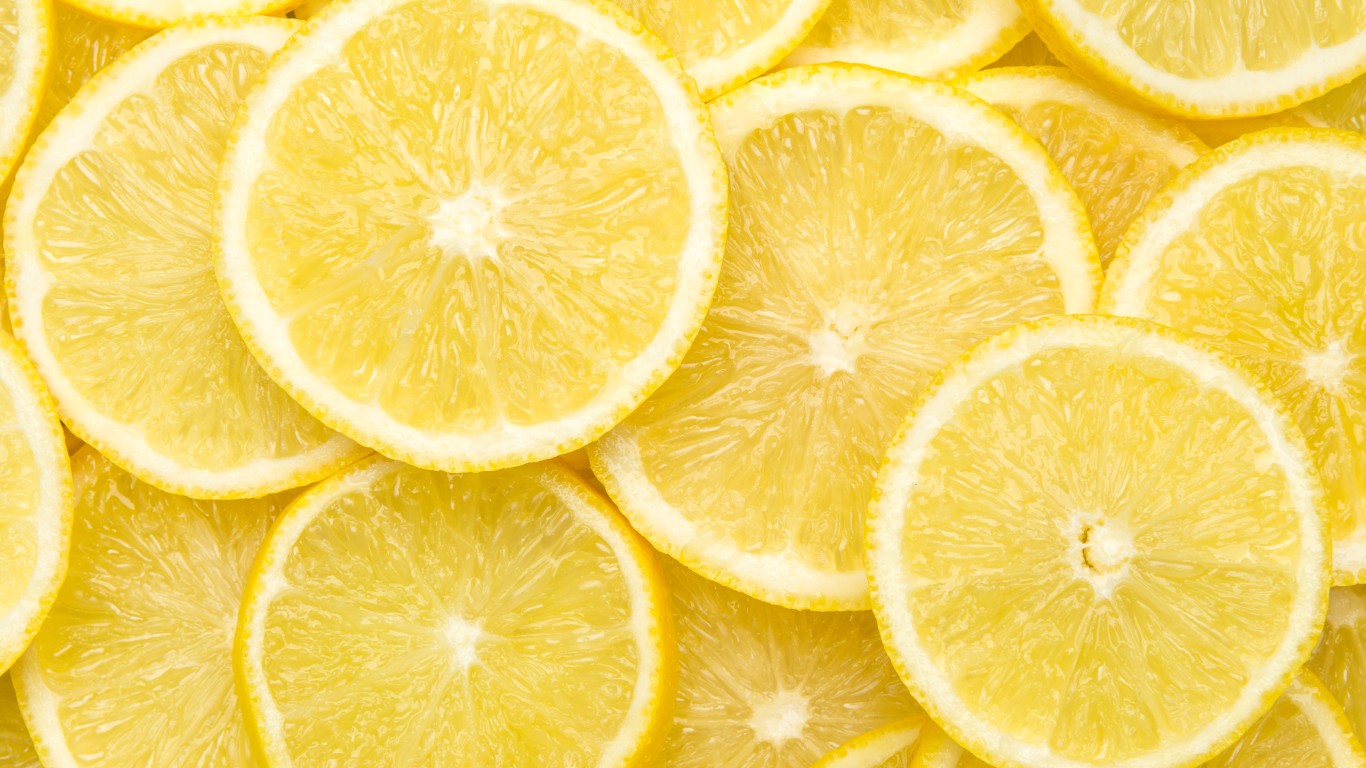
2. Mock apple pie
Ever heard of mock apple pie? If you were born after the 1930s, chances are pretty slim. Like a lot of food items during the Great Depression, apples were expensive and a bit scarce. So, families hurting financially had to get creative. The result? A basic pie with a filling made of lemon juice and vanilla syrup, crushed Ritz crackers and sugar that tasted like good ole apple pie.
1940s
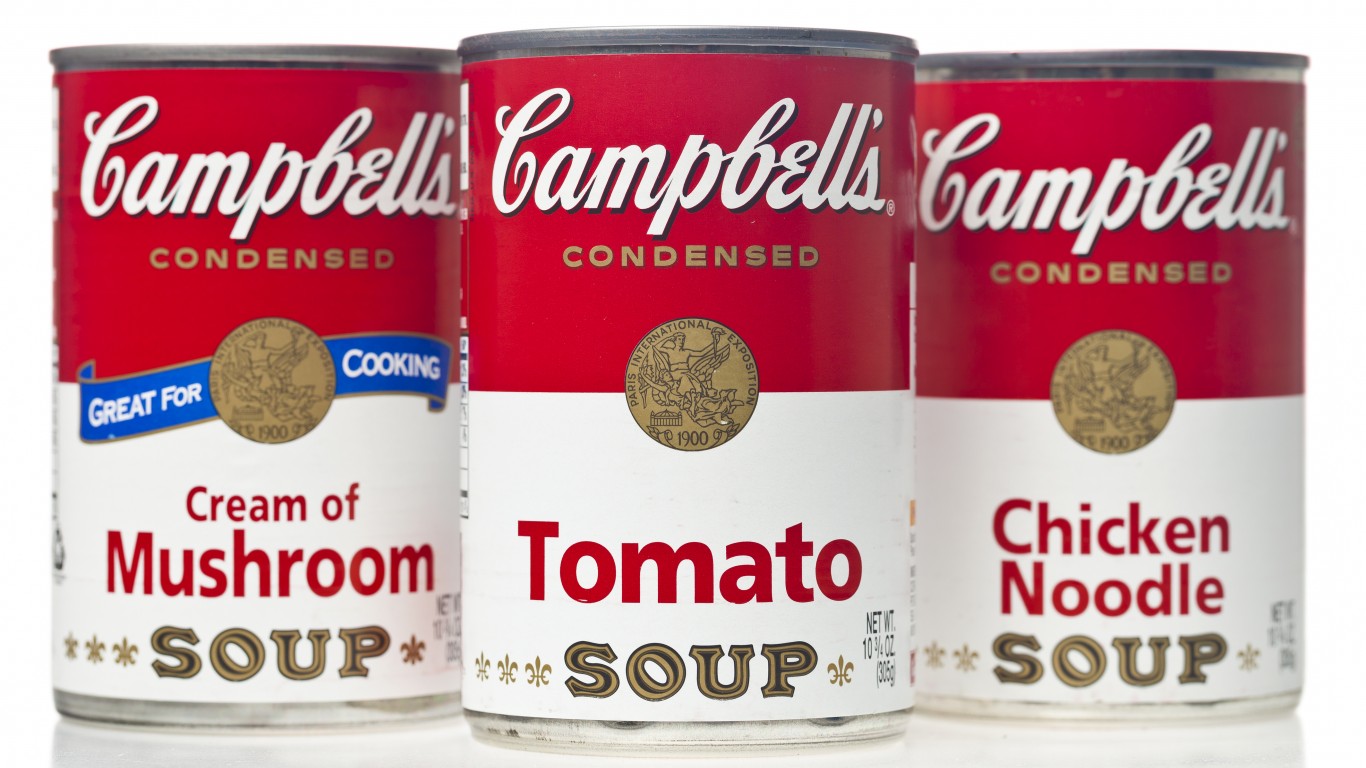
3. Tomato soup spice cake
There is such a thing as tomato soup spice cake. Evidently, the tomato soup cake appeared in an undated cookbook that could have been from the 1920s and 1930s. However, first official records of the recipe were in October of 1940. By 1949, the recipe made its debut in the The New York Times. While this was a hit in the ‘40s, this cake can still be found being made in Campbell’s test kitchens. In fact, one out of every five requests for recipes that use the company’s Condensed Tomato Soup ask for the Tomato Soup spice cake recipe. Although hardly mainstream today, the recipe is still around if you look for it.
1950s
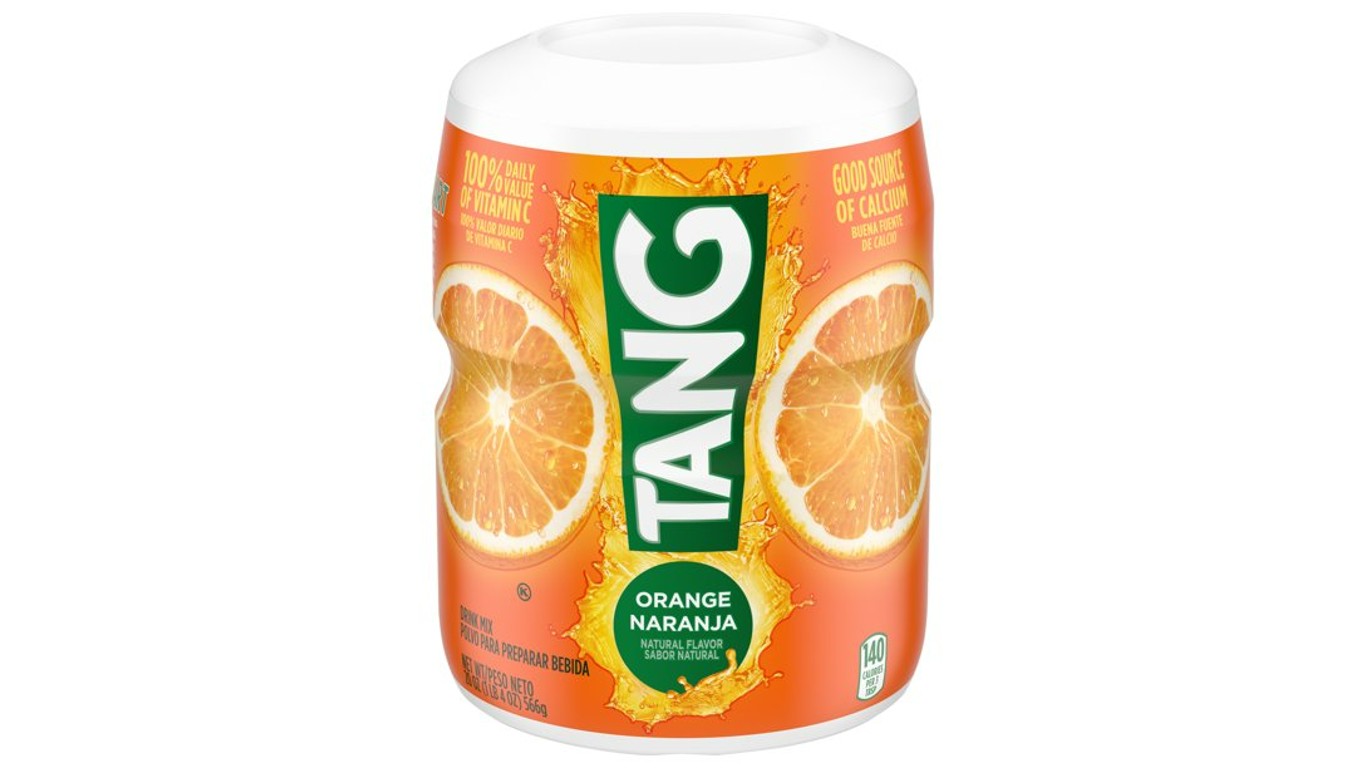
4. Tang
It’s a common misconception to think that Tang was originally made for astronauts. In fact, a food scientist at General Foods Corporations invented the orange powder drink. William Mitchell first named his creation “Tang Flavor Crystals,” but when he put it on the market in 1959, promoting it as a vitamin C-packed breakfast drink, it didn’t gain much attraction. It wasn’t until NASA realized this substance could be used to hydrate fellow astronauts in space that this product really started taking off. You can still order Tang on Amazon today.
1960s
[in-text-ad]
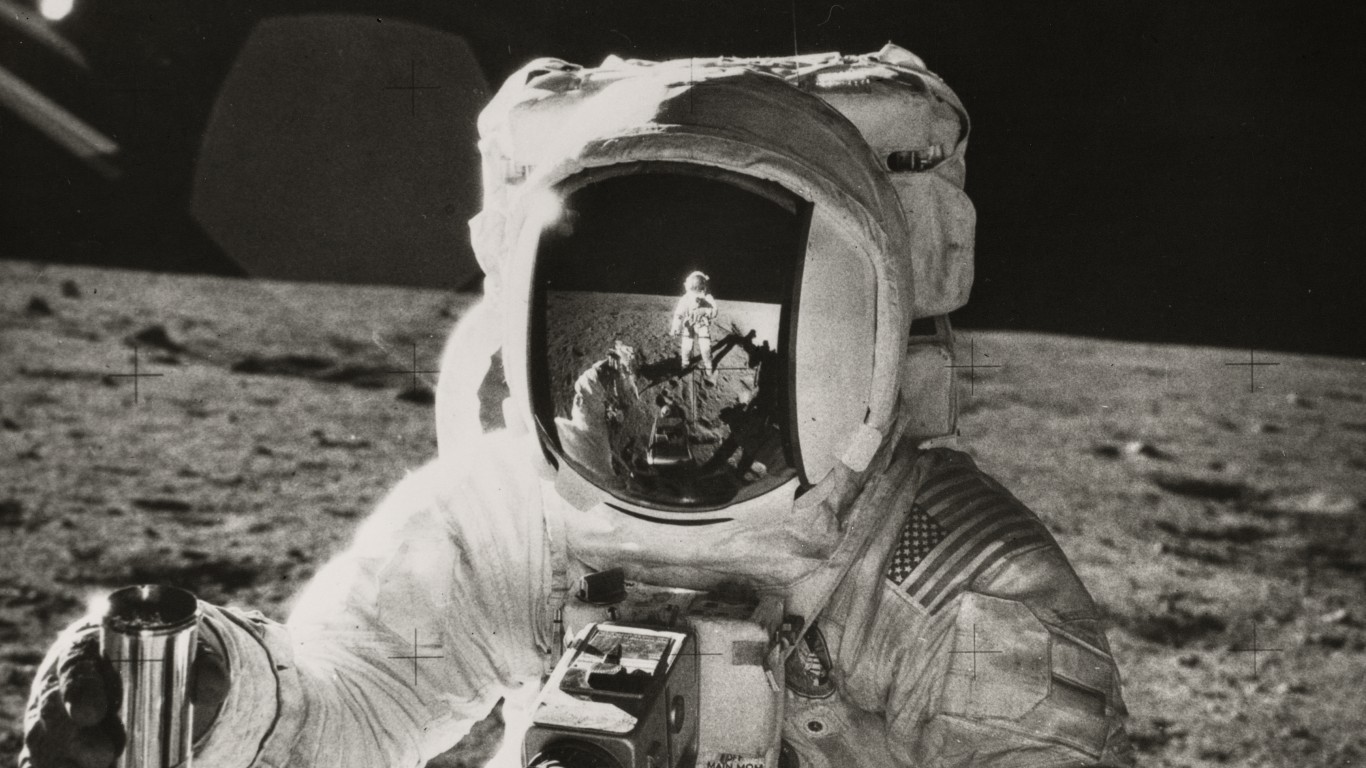
5. Space food sticks
Speaking of space, the ‘60s was a successful decade not just for Tang but also for another food that astronauts approved, Space Food Sticks. Pillsbury designed this snack for astronauts specifically, but they were released to the public before they made it into space. These slender, chocolate-covered cookie sticks were marketed as providing the body the perfect balance of the three macronutrients — carbohydrates, fat, and protein — and came in a variety of flavors including mint and orange. This fad plummeted by the 1970s because of fading interest in the space program.
1970s
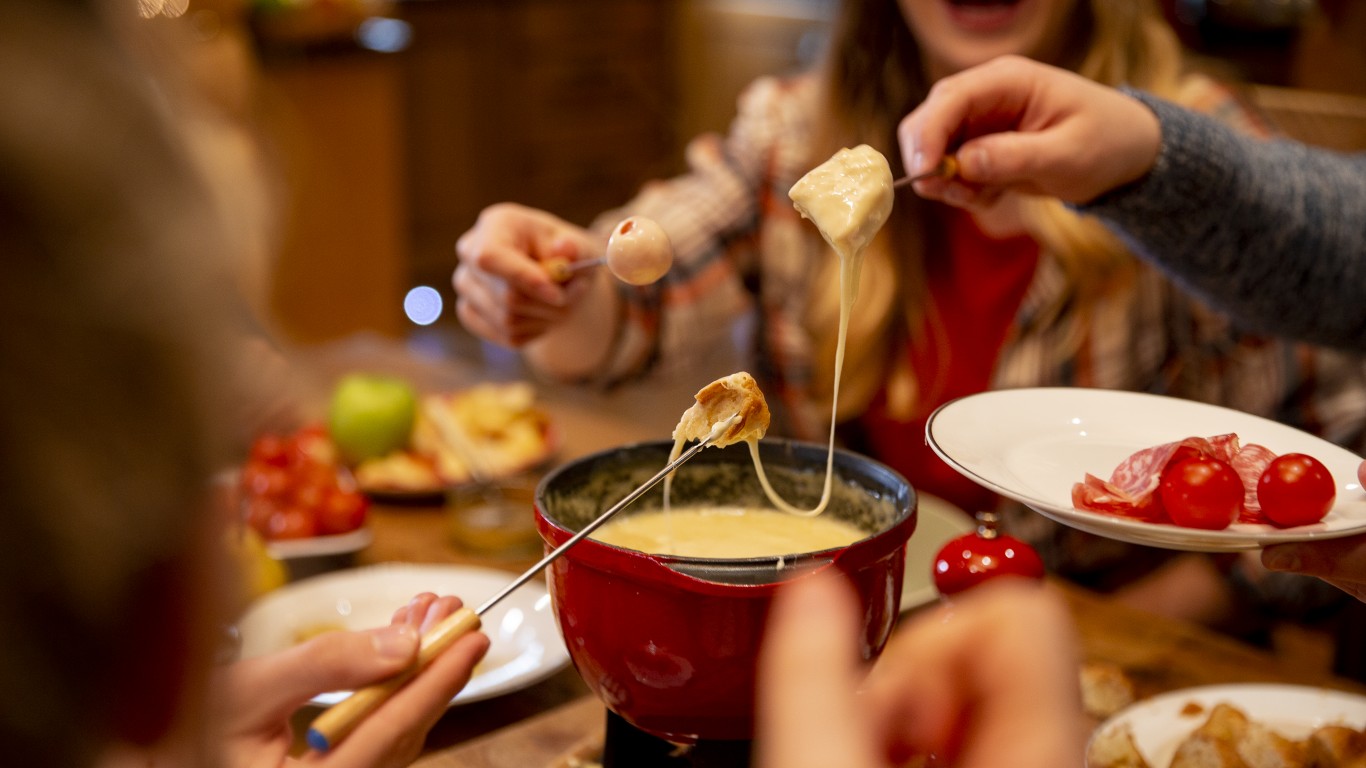
6. Fondue
The 1970s was the decade of the fondue. While you can still find places serving fondue today, most notably at chain fondue restaurant the Melting Pot, it’s not nearly the craze it once was. When the fad was at its height, friends would get together and gather around a pot of creamy, gooey, melted cheese that would pair harmoniously with slivers of bread and succulent meat. Of course, you wouldn’t have the full fondue experience without a proper dessert. Chunks of cake and fruit also anticipated their turn to be dunked in molten chocolate. Perhaps what gave this fad its rise is the fact that it was a communal meal.
1980s
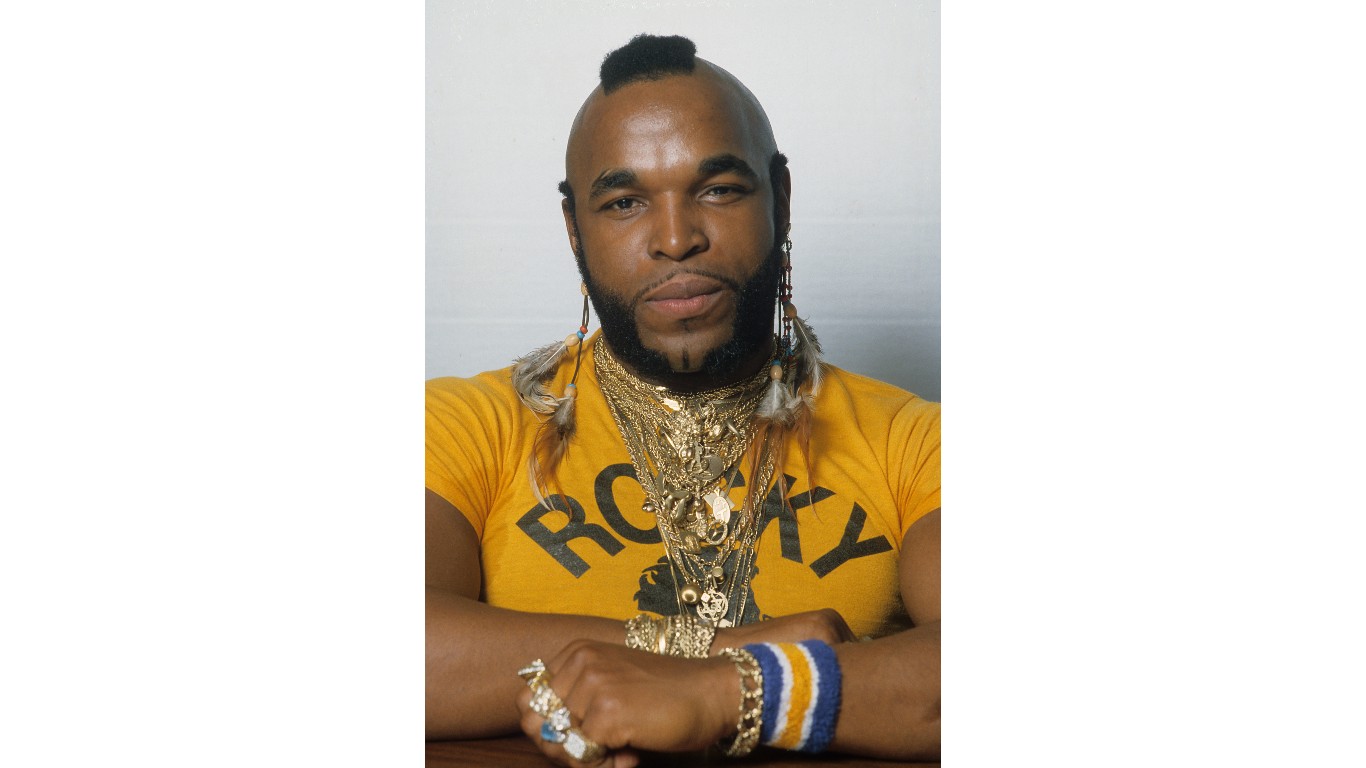
7. Sugary celebrity cereals
Can you imagine seeing Beyoncé on the front of a Cheerios cereal box? Had she been a world-renowned singer and songwriter in the 80s, that wouldn’t have been a rarity. Cartoon, movie, and television show characters could all be seen on the front of their own cereal boxes. Such cereals included anything from Smurf Berry Crunch to Batman and even Mr. T cereals. Mr. T, by the way, was a sweet corn and oat cereal shaped in small Ts. The flavor was reportedly pretty standard, but catchphrases like “I pity the fool who don’t eat my cereal” enticed consumers — young and old — to buy the celebrity brands.
1990s
8. Candy necklaces
Candy necklaces were a staple for many young girls and teenagers in the ‘90s. It’s funny to think that wearing a stretchy string of colorful hard candy — that quite honestly tasted like fruity chalk — around the neck was a chic staple back then. Nevertheless, it was a hit then and in the early 2000s, but is pretty much nonexistent now.
2000s
[in-text-ad]
9. Foam
This culinary practice is the definition of a fad — it was created by one person, got a lot of hype from curious diners, and rapidly died once the restaurant closed. Ferran Adrià, chef of former three Michelin star restaurant El Bulli in Girona, Spain, and his brother go down in history for introducing the world to molecular gastronomy. Adrià had begun working with foams on his dishes back in the ‘90s, but his 2003 debut on the cover of The New York Times magazine caught people’s attention all over the world. This fad fizzled out once El Bulli closed in 2011 because of Adrià’s change in career interests.
2010s
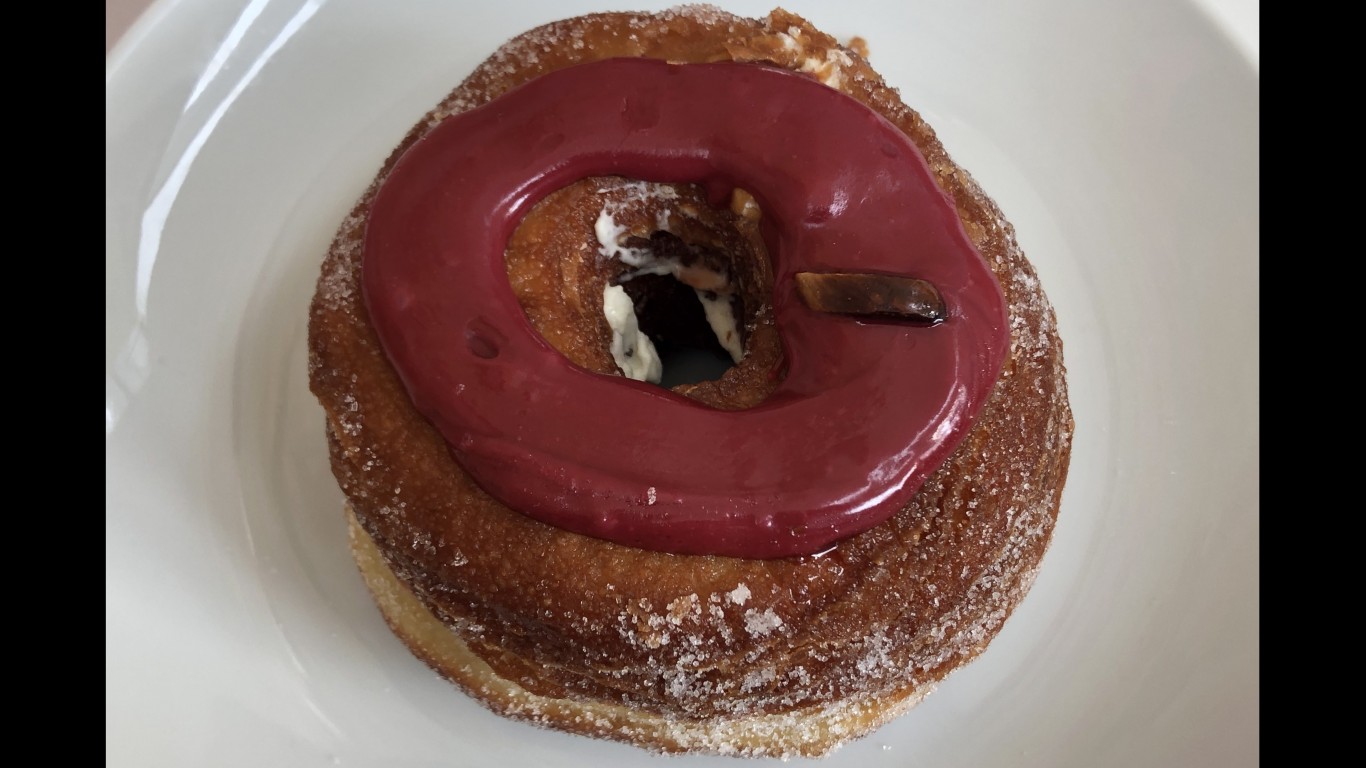
10. Cronut
It’s no news that this croissant and donut hybrid has got the world talking, or salivating. Chef Dominique Ansel is the mastermind behind this pastry, and thus far it has captured the hearts of people from New York City to Berlin and all the way to Singapore. The cronut hit the market in the spring of 2013 after more than 10 attempts at creating the perfect recipe and two months of trial and error. For now, the cronut remains a fad because only Dominique Ansel Bakery has a registered trademark for the item.
The Average American Has No Idea How Much Money You Can Make Today (Sponsor)
The last few years made people forget how much banks and CD’s can pay. Meanwhile, interest rates have spiked and many can afford to pay you much more, but most are keeping yields low and hoping you won’t notice.
But there is good news. To win qualified customers, some accounts are paying almost 10x the national average! That’s an incredible way to keep your money safe and earn more at the same time. Our top pick for high yield savings accounts includes other benefits as well. You can earn up to 3.80% with a Checking & Savings Account today Sign up and get up to $300 with direct deposit. No account fees. FDIC Insured.
Click here to see how much more you could be earning on your savings today. It takes just a few minutes to open an account to make your money work for you.
Our top pick for high yield savings accounts includes other benefits as well. You can earn up to 4.00% with a Checking & Savings Account from Sofi. Sign up and get up to $300 with direct deposit. No account fees. FDIC Insured.
Thank you for reading! Have some feedback for us?
Contact the 24/7 Wall St. editorial team.

